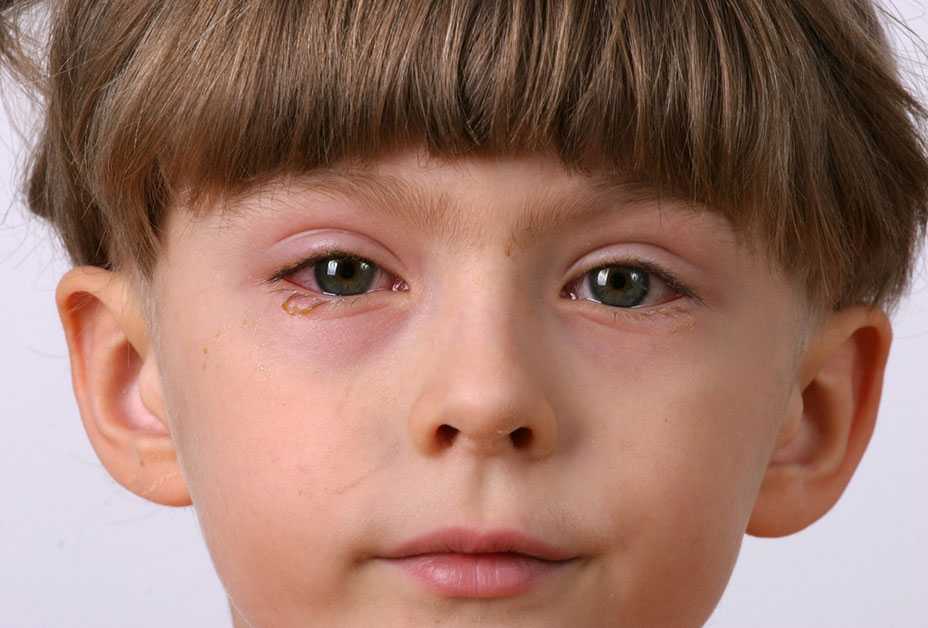Pink Eye

Pink eye, also known as conjunctivitis, is one of the most common and treatable eye conditions in the world in both children and adults. It is an inflammation of the conjunctiva, the thin, clear tissue that lines the inside of the eyelid and the white part of the eyeball. This inflammation makes blood vessels more visible and gives the eye a pink or reddish color.
Quiz
Key Facts
- Pink eye, also known as conjunctivitis, is one of the most common and treatable eye conditions in the world.
- Most cases of pink eye are mild and get better on their own, even without treatment.
- Pink eye that is caused by allergens or irritants is not contagious.
- It is possible to develop a secondary pink eye infection caused by a virus or bacteria that is contagious.
- Most hospitals are required by state law to put drops or ointment in a newborn’s eyes to prevent pink eye.
Media
Prevention Tips
- Wash your hands often with soap and warm water.
Wash hands especially well before and after cleaning, or applying eye drops or ointment to your infected eye, and after contact with an infected person or items he or she uses. If soap and water are not available, use an alcohol-based hand sanitizer. - Avoid touching or rubbing your eyes.
This can worsen the condition or spread it to your other eye. - Avoid sharing makeup, contact lenses and containers, and eyeglasses. Do not share personal items, such as pillows, washcloths, towels, eye drops, makeup, contact lenses and containers, and eyeglasses.
- Page last reviewed: March 22, 2017
- Page last updated: March 22, 2017
- Content source:


 ShareCompartir
ShareCompartir



